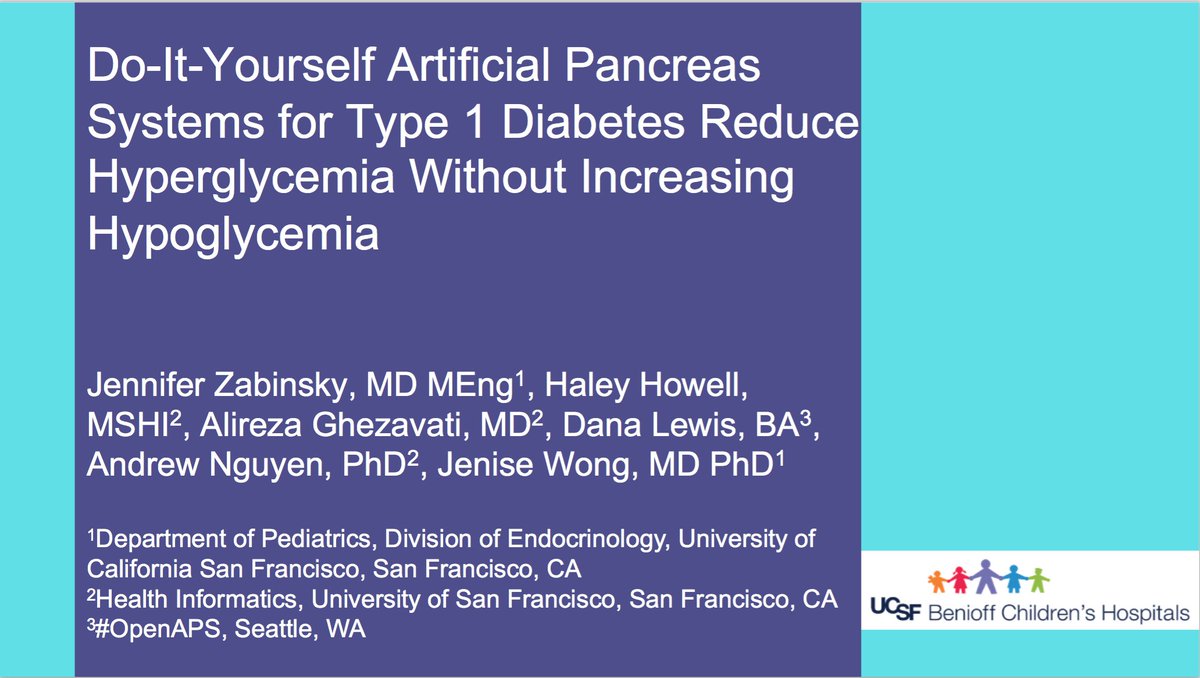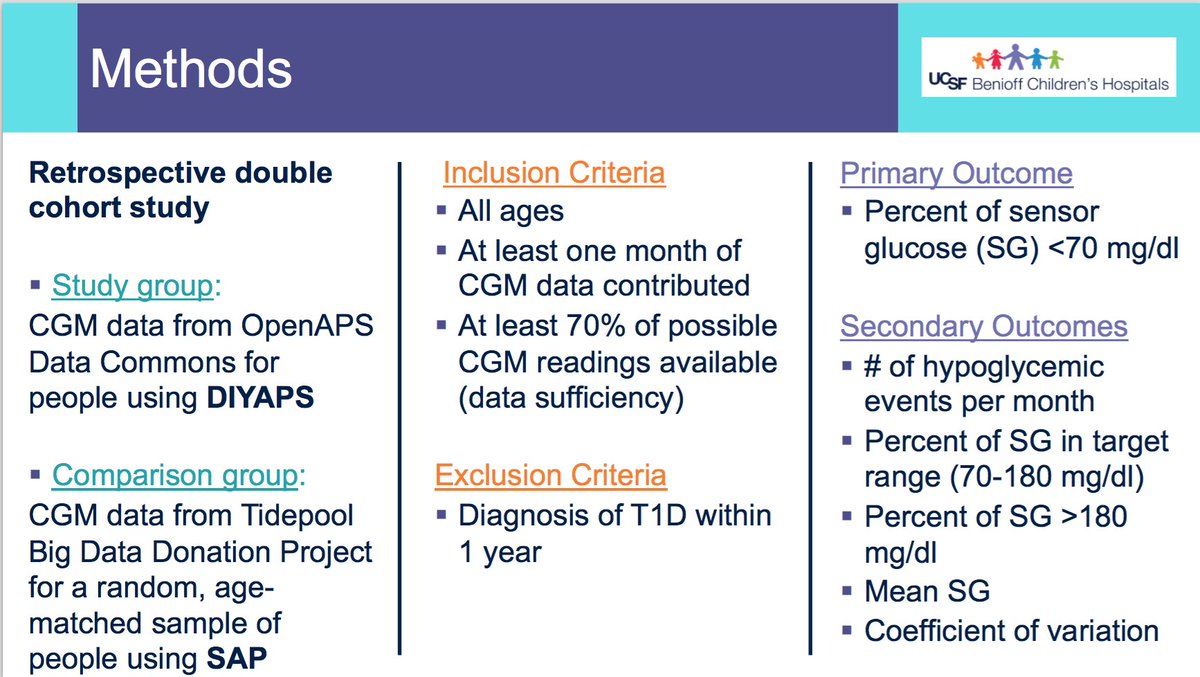Here's a list of questions and responses (some existing threads, some new info to Twitter) about what I've been being asked by friends and family about what I've been doing and what they've should be thinking about doing re: #COVID19 protection measures.
Thread:
Thread:
Q: Are you still social distancing?
A: Yes. I'm on day 21 of social distancing. No restaurants, no seeing family unless we are out in the fresh air separated by 6+ feet with no contact. No other contact other than @scottleibrand.
Details here:
A: Yes. I'm on day 21 of social distancing. No restaurants, no seeing family unless we are out in the fresh air separated by 6+ feet with no contact. No other contact other than @scottleibrand.
Details here:
https://twitter.com/danamlewis/status/1233974458957713410?s=20
Note: if you social distance for ~14 days & do not have symptoms, that makes your bubble safe. If someone or some other household is also equally stringent & develops a safe bubble, those bubbles can then interact. So you can buddy up if people are willing to take equal measures.
(My 6yo niece: what have you DONE for three weeks at home?
Me:😂I'm working at home, taking a walk or running every day, reading, etc. (plus working on #CoEpi))
Me:😂I'm working at home, taking a walk or running every day, reading, etc. (plus working on #CoEpi))
Q: What do I think my risk is as a person with diabetes?
A: I laid out how I'm assessing my risk of severe outcomes from #COVID19 here:
A: Regardless of personal risk,I'm also doing everything I can (see above, major social distancing) to protect others
A: I laid out how I'm assessing my risk of severe outcomes from #COVID19 here:
https://twitter.com/danamlewis/status/1234929130988167168?s=20
A: Regardless of personal risk,I'm also doing everything I can (see above, major social distancing) to protect others
A: for more info with tips on social distancing, especially for people who live alone or need help, and more information for people with diabetes, see this article: diatribe.org/coronavirus-pr…
Q: Should I stay home? I'm healthy.
A: YES. There is a lot of community transmission in many places. Remember, many people transmit & get other people ill before they start getting #COVID19 symptoms. Stay home now if you can, prevent transmission even if you think you're healthy
A: YES. There is a lot of community transmission in many places. Remember, many people transmit & get other people ill before they start getting #COVID19 symptoms. Stay home now if you can, prevent transmission even if you think you're healthy

Or as our governor put it:
https://twitter.com/GovInslee/status/1239258739489656832?s=20
Q: What about routine health appointments?
A: I plan to reschedule a March 31 dentist appointment. I am due in April for a yearly endo appt - planning to reschedule and hoping insurance will waive requirement for fresh/recent chart notes if I need rx for diabetes supplies.
A: I plan to reschedule a March 31 dentist appointment. I am due in April for a yearly endo appt - planning to reschedule and hoping insurance will waive requirement for fresh/recent chart notes if I need rx for diabetes supplies.
(Not asked directly, but tied in with the above rescheduling - I want/need a haircut, and I'm also planning to go without for a few months. Any non-urgent appointment or errand etc is being rescheduled.)
• • •
Missing some Tweet in this thread? You can try to
force a refresh










